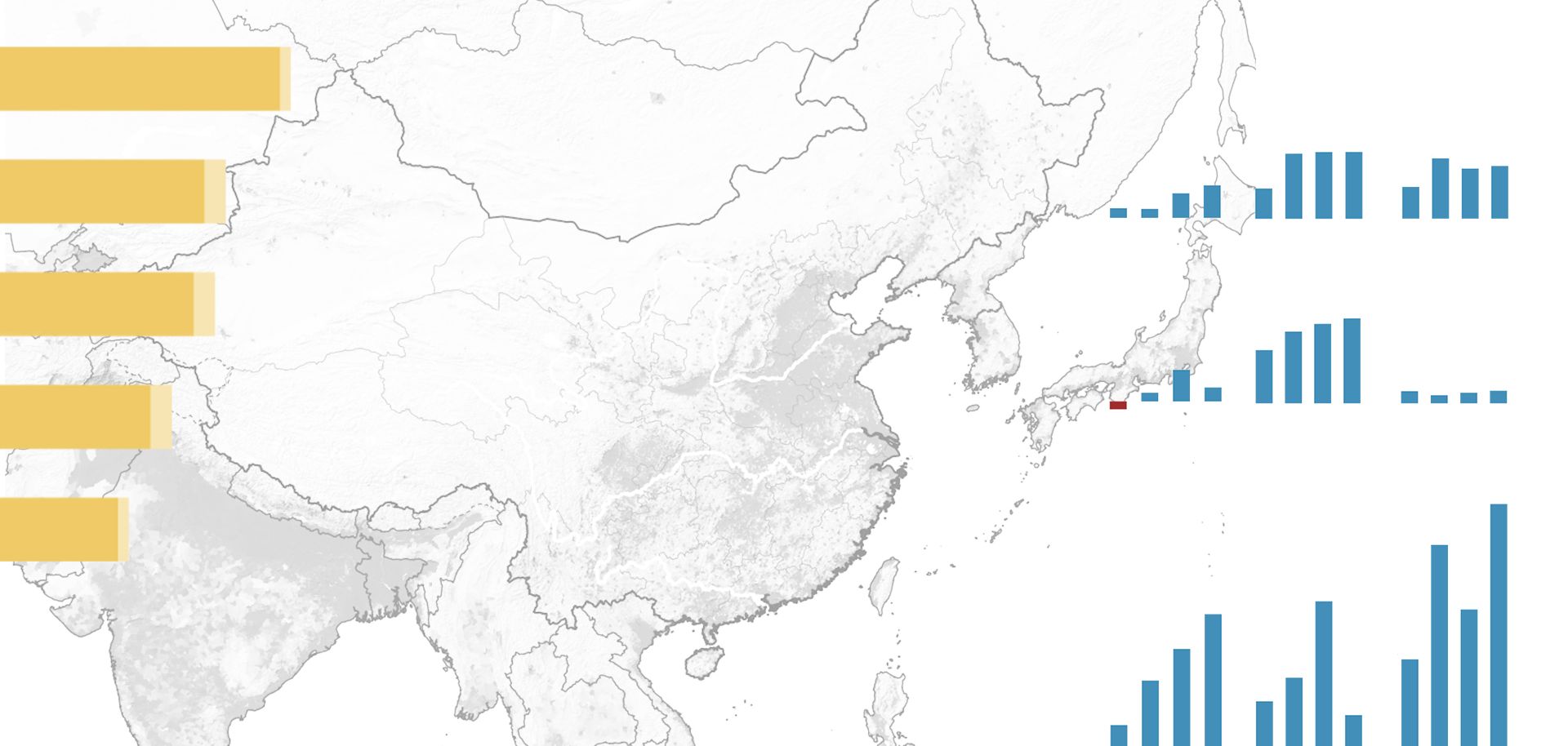
Several of the rockets fired from Gaza into Israel since March 22 significantly exceeded the range of the BM-21 Grad, a type of weapon first fired by militants from within Gaza in 2007. Grads and the Qassam, the staple of Gaza militancy, continue to be in play, along with shorter-range mortar fire. However, during Operation Cast Lead, Iranian-made Fajr-3 or artillery rockets of similar size began to crash down much farther into Israeli territory than previous rockets from Gaza. The Fajr-3 has a range of 45 kilometers (28 miles), double that of a Grad and more than quadruple that of the best Qassams. This range allows rockets fired from Gaza to impact much deeper into the heart of Israel and into more densely packed population centers outside Jerusalem and Tel Aviv. However, there is still a considerable buffer between the cities themselves and demonstrated capability out of Gaza, and even the farthest of the March 22-24 rocket strikes — largely in the direction of Tel Aviv — have still fallen short of the city itself. It will be important to distinguish between sporadic Qassam attacks and consistently targeted ones — especially ones using Grad and Fajr-3 rockets to threaten more densely populated and sensitive areas of Israel. Sustained attacks with these longer-range rockets, which by their nature are harder to smuggle into and use in Gaza than the Qassams, may indicate a deliberate effort to instigate a conflict in which Israel responds with a characteristically heavy hand, not only bringing international condemnation upon itself but also becoming a rallying point for regional unrest — especially in Egypt.


